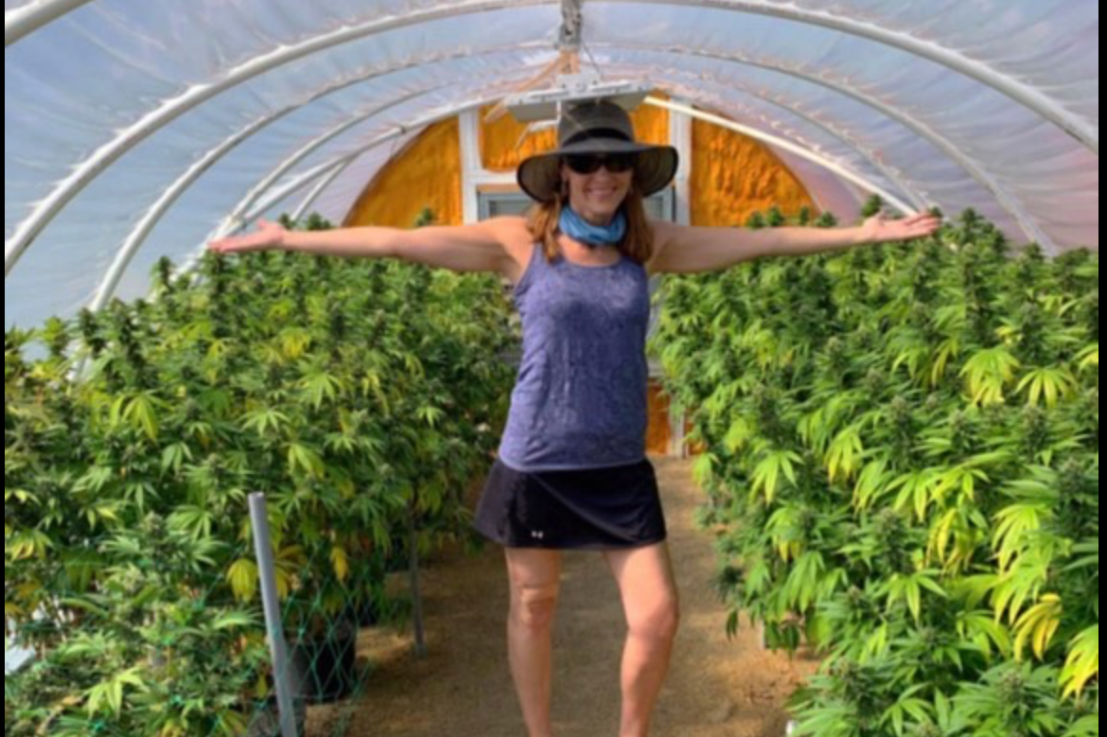By Janna Champagne, DMCS, BSN, RN (Ret.)
Introduction:
As detailed in my article, Demise of Medical Cannabis in Oregon, our medical cannabis program, known as OMMP (Oregon Medical Marijuana Program), has been in existence for over two decades, yet it is failing to adequately serve vulnerable patients. This failure is primarily due to a lack of understanding among medical professionals regarding the science behind cannabis, which supports its therapeutic applications and potential for harm reduction. This article delves into the various barriers that hinder the acceptance and utilization of cannabis in medical practice.
Misconceptions about Federal Schedule I Classification:
One of the significant deterrents for medical professionals is the federal Schedule I classification of cannabis. Many mistakenly believe that cannabis, particularly THC, meets the criteria for this classification, which justifies strict accessibility restrictions. These criteria include being harmful, addictive, and having no accepted medical use (1). However, the reality contradicts these assumptions.
Cannabis’s Exceptional Safety Profile:
Contrary to popular belief, cannabis boasts an impeccable safety profile, with thousands of years of historical use without a single recorded case of harm to patients (2). It’s ironic that the same government allowing widespread access to opioids, which statistically claim lives every 18 minutes, restricts access to cannabis, a safer and effective alternative for pain management. Research from states with medical cannabis programs even shows a decrease in opioid-related deaths, underscoring the potential for cannabis to mitigate the current opioid crisis (3).
Comparative Harm and Addiction Potential:
Scientific research supports that cannabis is less physically addictive and less harmful than common substances like sugar, coffee, and cigarettes, all of which are freely available nationwide (4). Moreover, there is a substantial body of research endorsing cannabis’s medical applications, with the federal government itself holding multiple patents for cannabis as medicine (5, 6).
Long-Standing Legal Battles:
As far back as 1988, federal DEA judges have ruled in favor of removing cannabis from Schedule I placement, given the overwhelming objective evidence contradicting this classification (7). Despite this, cannabis remains under federal Schedule I restriction, preventing access for patients who could benefit. The delay in rectifying this situation can likely be attributed to political and financial interests.
The Pharmaceutical Industry’s Role:
Cannabis presents competition to pharmaceutical profits. Many patients who find success with medical cannabis therapy reduce their reliance on pharmaceuticals, making it a perceived threat to the pharmaceutical industry. Pharmaceutical lobbyists are the leading contributors to politicians, surpassing even the oil and gas industry (8), which may explain the persistence of federal restrictions on cannabis despite the majority of the country supporting medical cannabis use (9)
Barriers for Medical Professionals:
Becoming a medical cannabis practitioner involves overcoming significant barriers. In Oregon, our medical licensing boards are notoriously discriminatory toward practitioners serving patients seeking cannabis therapy(11, 12). Ethical practitioners committed to helping cannabis patients must navigate the fear of potential licensure consequences for prioritizing patient care (10).
Licensing Boards’ Resistance to Change:
Oregon’s licensing boards have also failed to adopt guidelines for licensees working with medical cannabis patients, forcing ethical practitioners into a gray area. This situation persists despite 24 years of legal patient access to medical cannabis in the state (10). The reluctance of these boards to adapt and support practitioners is a major contributor to our failure to provide competent care to cannabis patients..
Advocating for Change:
Medical professionals play a crucial role in ensuring that cannabis patients achieve their health goals and experience optimal therapeutic outcomes (13). It is high time that we advocate for change so that medical practitioners can fulfill their ethical duty to serve cannabis patients without prejudice or discrimination.
Conclusion:
Oregon’s medical cannabis program, like many others across the country, faces significant challenges. Overcoming the barriers to acceptance and utilization of cannabis in medical practice is essential to providing vulnerable patients with the care they deserve. It is incumbent upon the medical community, licensing boards, and policymakers to reevaluate their stance on medical cannabis and prioritize patient well-being over political or financial interests.
References:
- 21 US Code 812 – Federal schedule of controlled substances. Retrieved online at: https://www.law.cornell.edu/uscode/text/21/812
- Americans for Safe Access (2021). Patient’s history of medical cannabis. Retrieved from: https://www.safeaccessnow.org/patients_history_of_medical_cannabis
- Hsu G, Kovács B. Association between county level cannabis dispensary counts and opioid related mortality rates in the United States: panel data study BMJ 2021; 372 :m4957 doi:10.1136/bmj.m4957 Retrieved from: https://www.bmj.com/content/372/bmj.m4957
- Mic.com (2021). 5 substances that are far more addictive than marijuana — that are legal. Retrieved from: https://www.mic.com/articles/137800/5-substances-that-are-far-more-addictive-than-marijuana-that-are-legal
- NORML.org (2020). Record number of scientific papers published in 2020 About cannabis. Retrieved from: https://norml.org/blog/2020/12/16/record-number-of-scientific-papers-published-in-2020-about-cannabis/
- US Patent # 6630507 Retrieved from: https://pubchem.ncbi.nlm.nih.gov/patent/US-6630507-B1
- NORML.org (2013). 25 years ago: DEA’s own administrative law judge ruled cannabis should be reclassified under federal law. Retrieved from: https://norml.org/news/2013/09/05/25-years-ago-dea-s-own-administrative-law-judge-ruled-cannabis-should-be-reclassified-under-federal-law/
- Kennedy, Robert F. (2015). Vermont legislature testimony, retrieved from: legislature.vermont.gov/Documents/2016/WorkGroups/House%20Health%20Care/Bills/H.98/Witness%20Testimony/H.98~Robert%20Kennedy~Testimony%20of%20Robert%20F.%20Kennedy%20Jr.~5-5-2015.pdf
- NORML.org (2021). Poll of Americans support of legalizing marijuana. Retrieved from: https://norml.org/marijuana/library/surveys-polls/
- Stutsman, E. (2016). Marijuana, the practice of medicine, and the Oregon Medical Board. Retrieved from: https://elistutsman.com/2016/07/marijuana-the-practice-of-medicine-and-the-oregon-medical-board/
- OMB Board Action Report (2016). Brian Lane Dossey, MD investigation for furnishing OMMP certification to a qualifying minor: https://www.oregon.gov/omb/BoardActions/May%2016,%202016%20-%20June%2015,%202016.pdf
- OMB Board Action Report (2019). Brian Land Dossey MD forced retirement of medical license (cannabis specialty physician): https://www.oregon.gov/omb/BoardActions/September%2016,%202016%20-%20October%2015,%202016.pdf
- Temple, L., Lampert, S., Ewigman, B. (2019). Barriers to achieving optimal success with medical cannabis: opportunities for quality improvement. The Journal of Alternative and Complementary Medicine.Jan 2019, 5-7.http://doi.org/10.1089/acm.2018.0250 Retrieved from: https://www.liebertpub.com/doi/10.1089/acm.2018.0250
